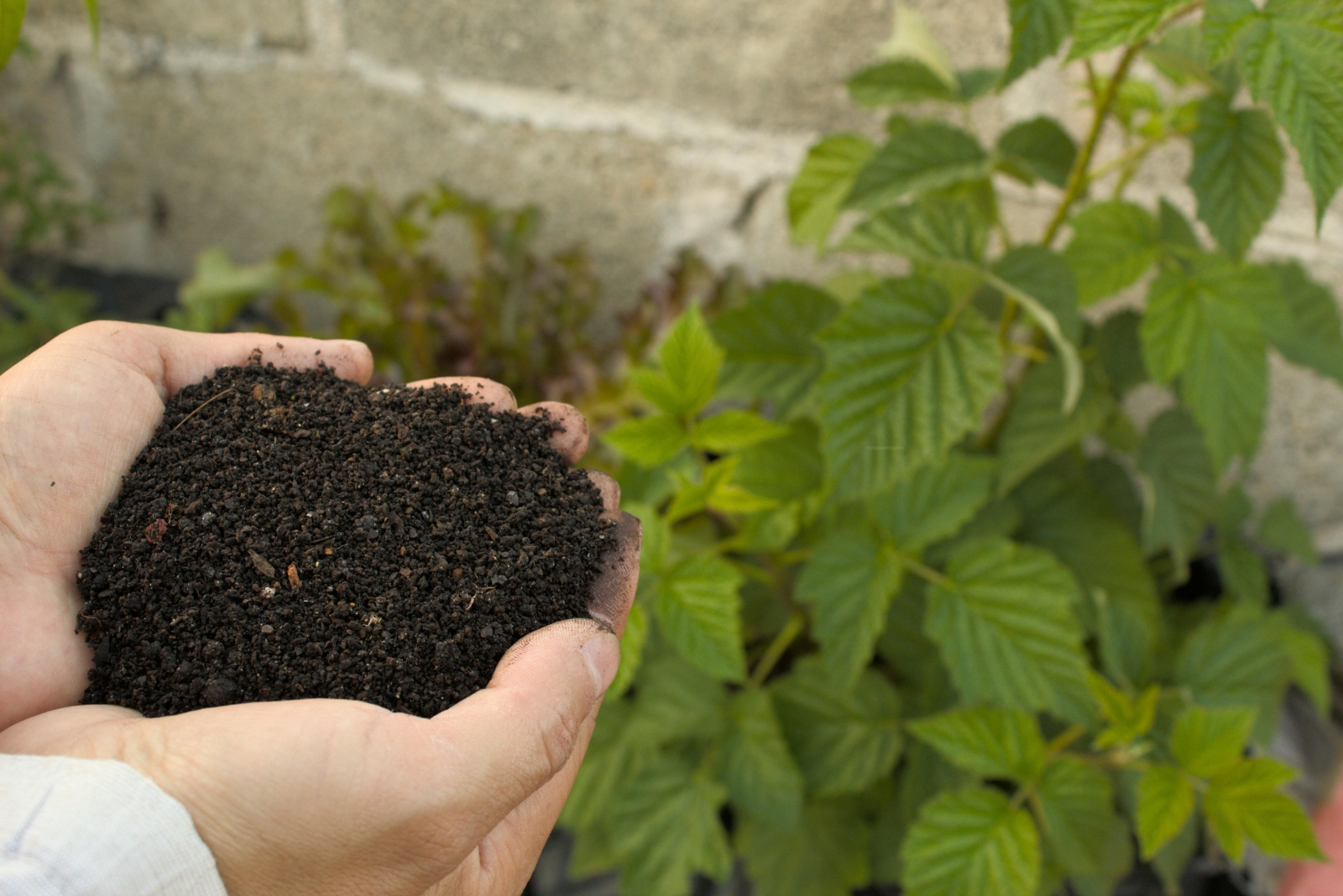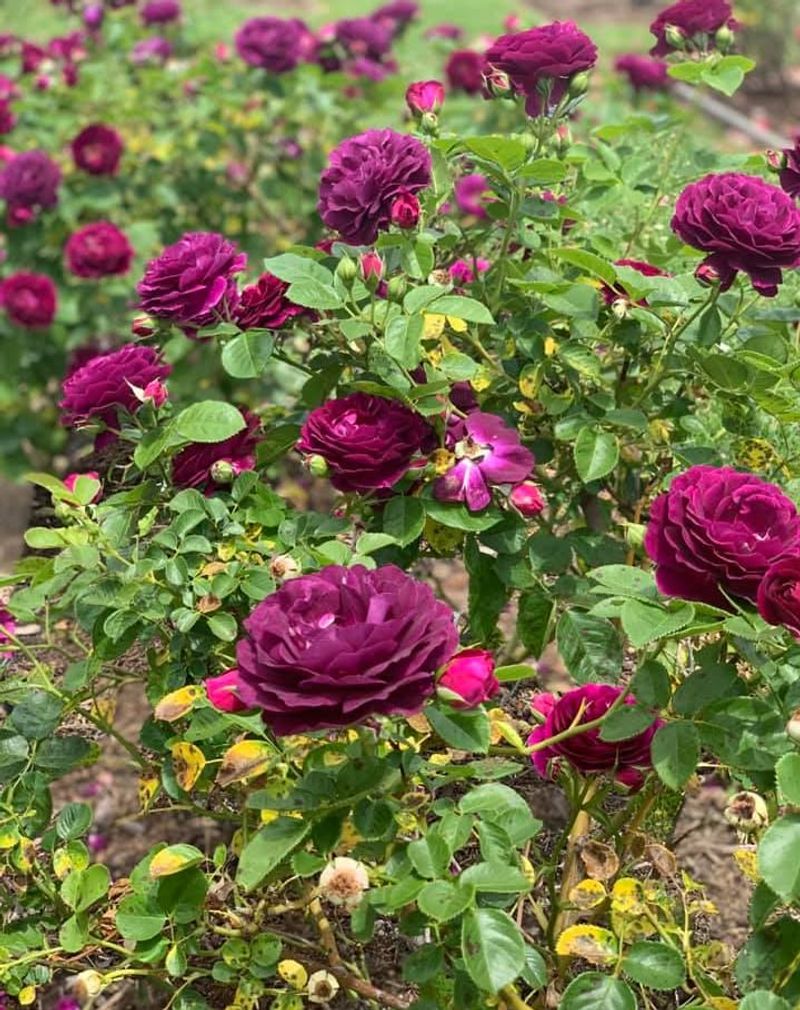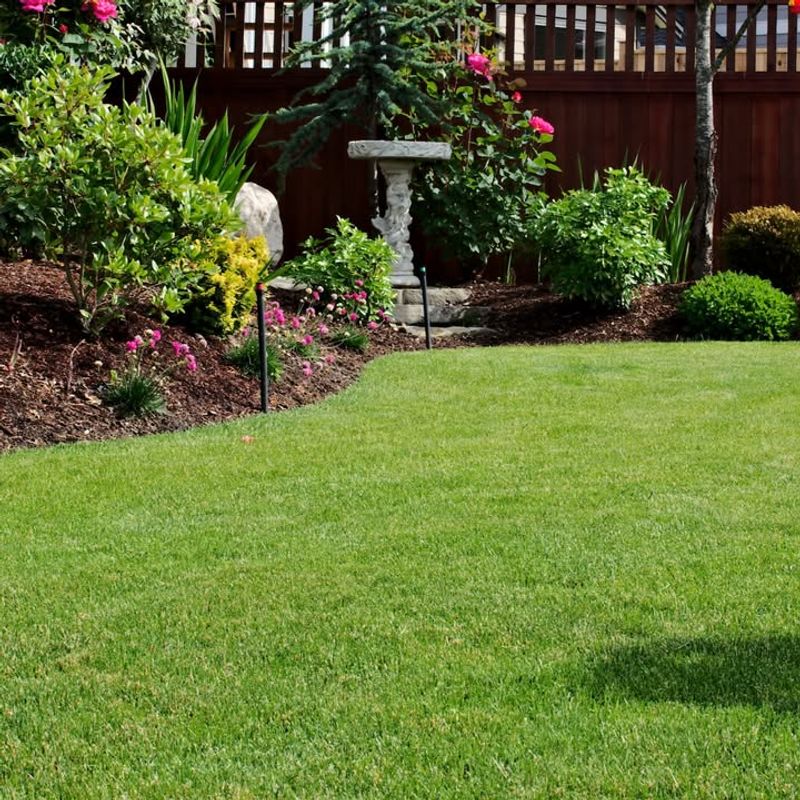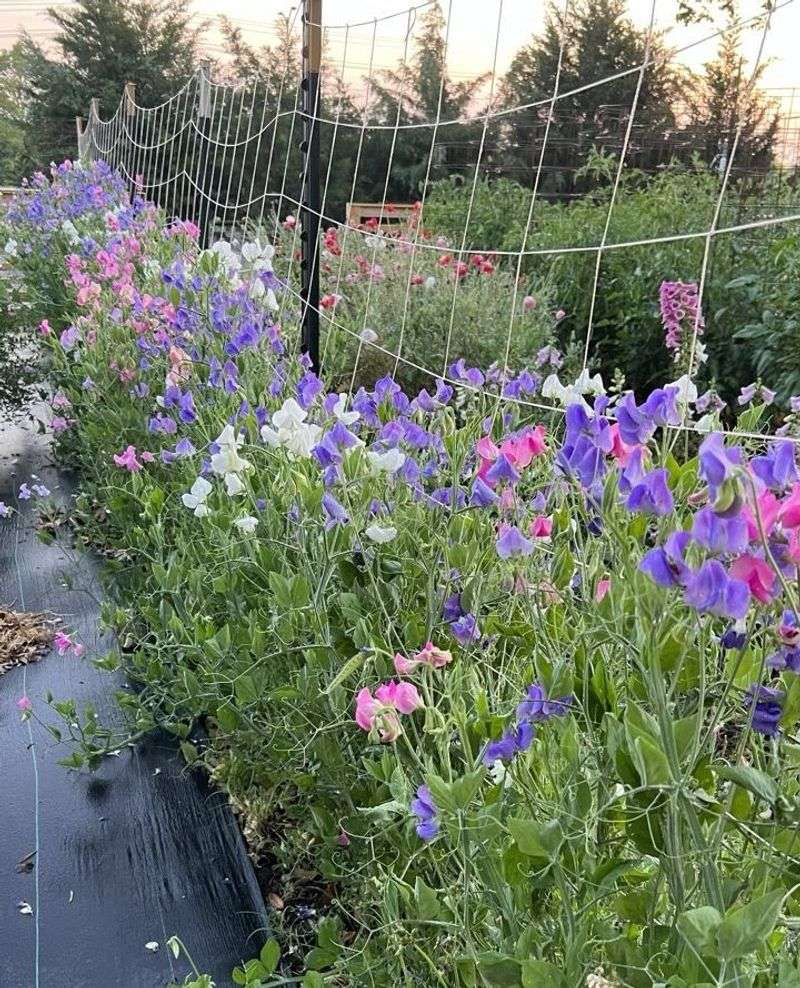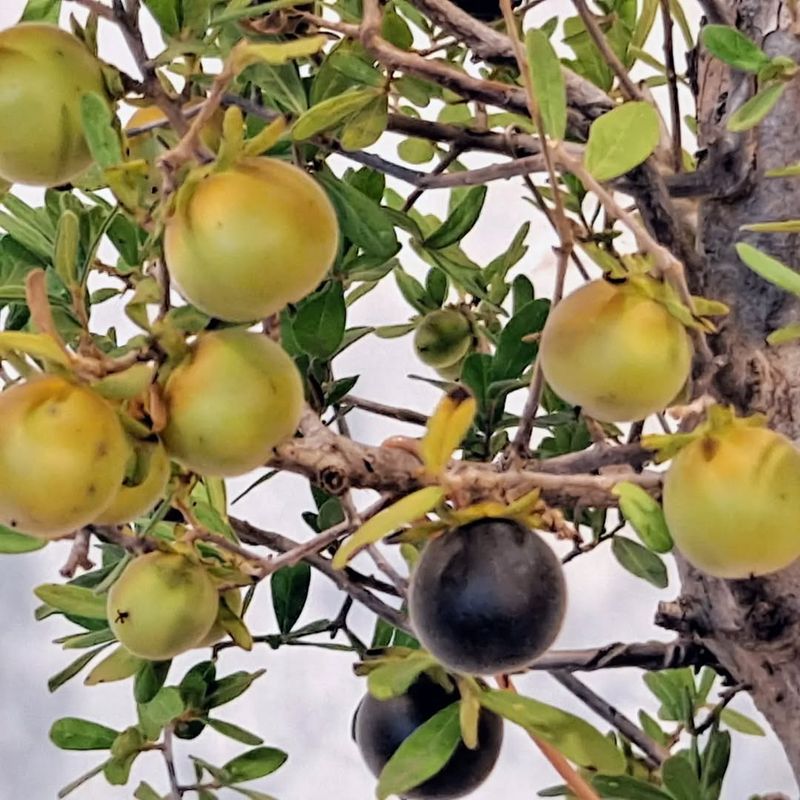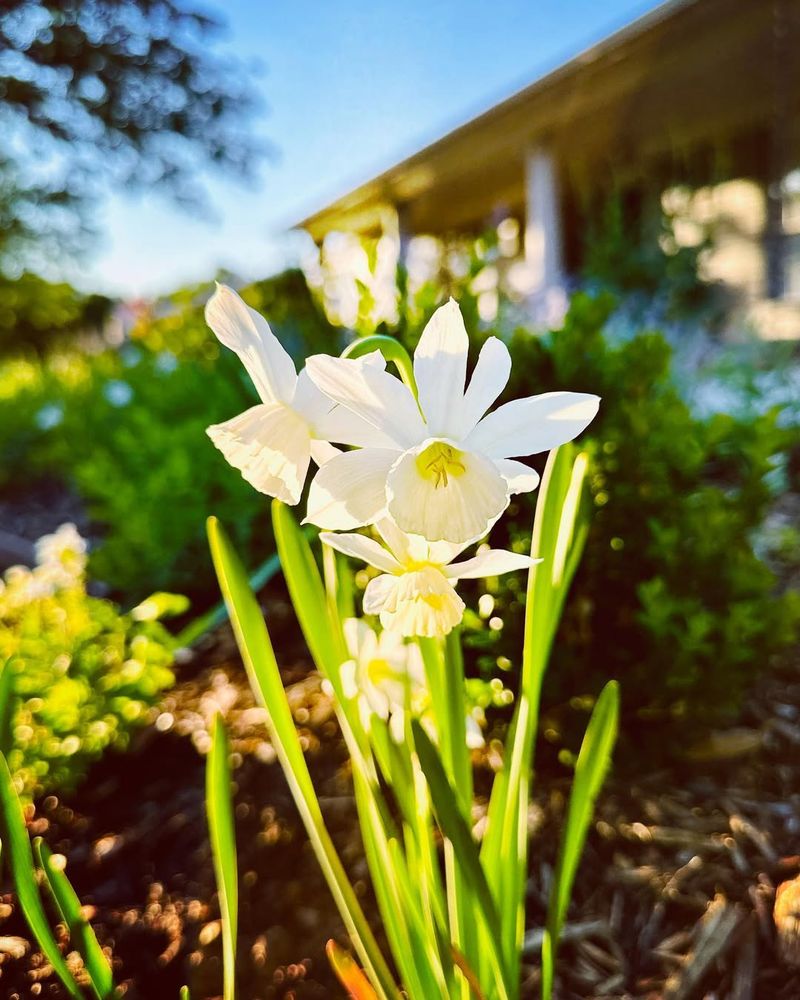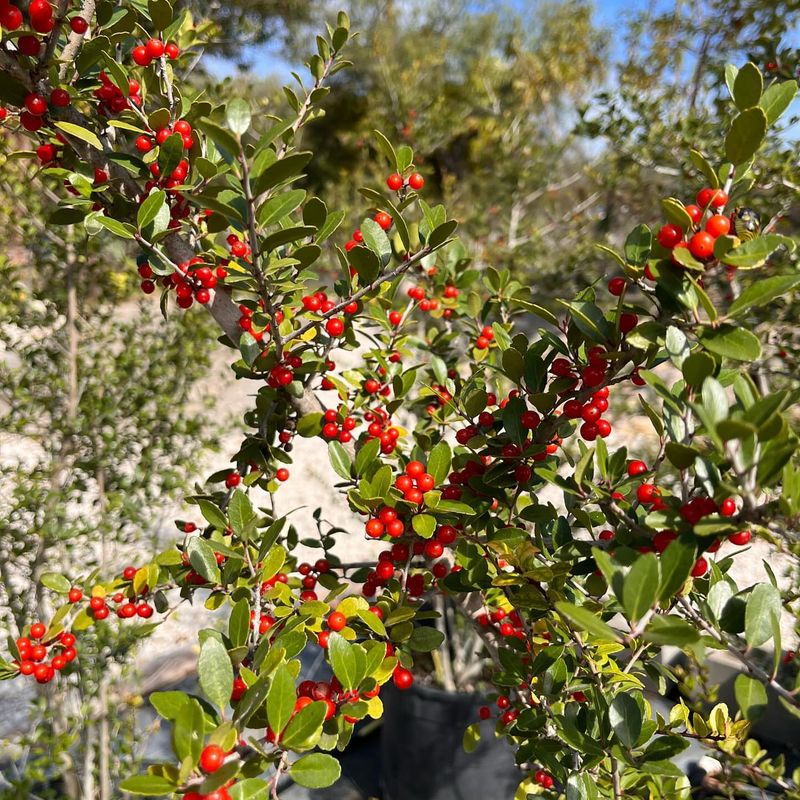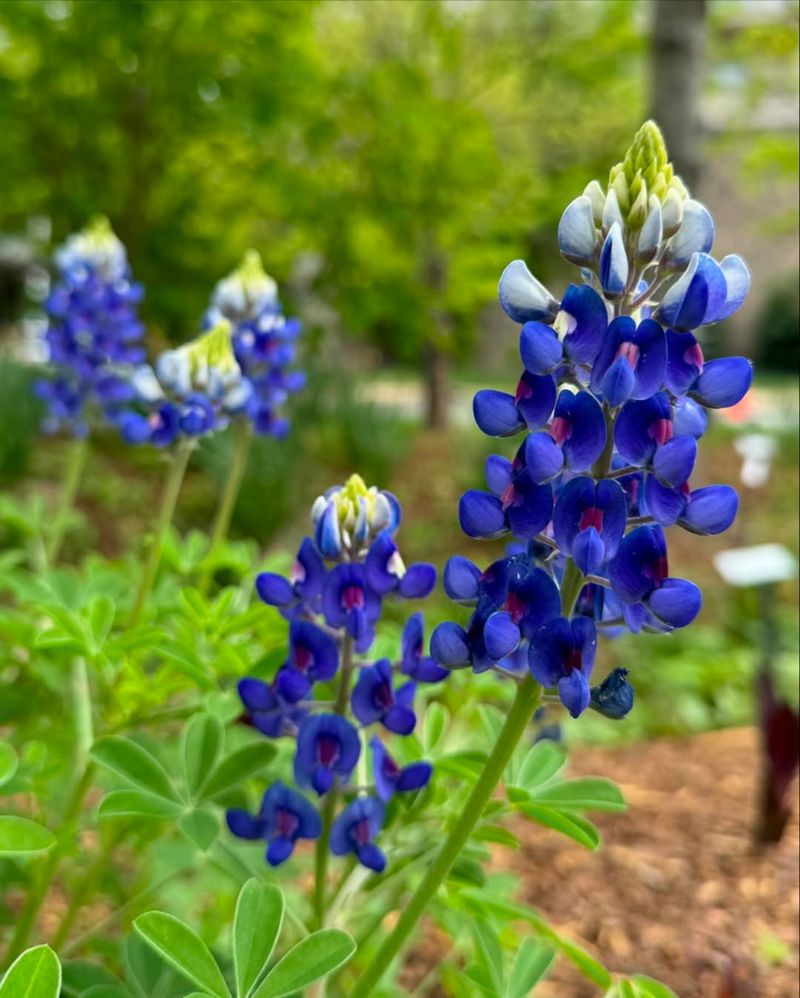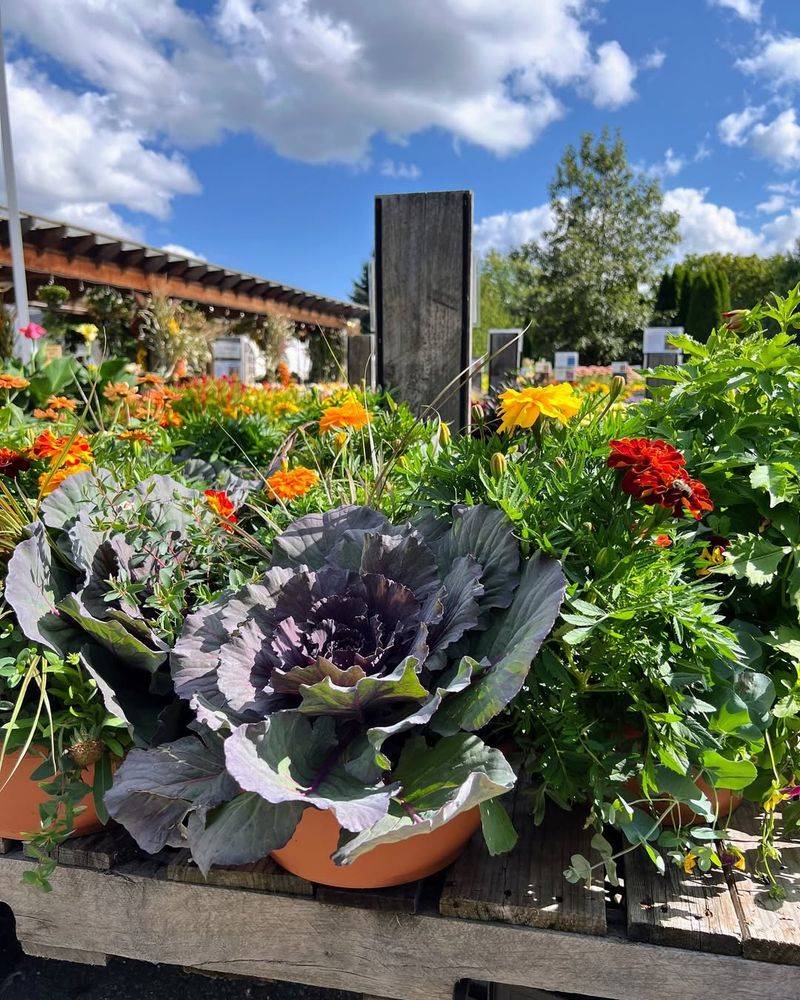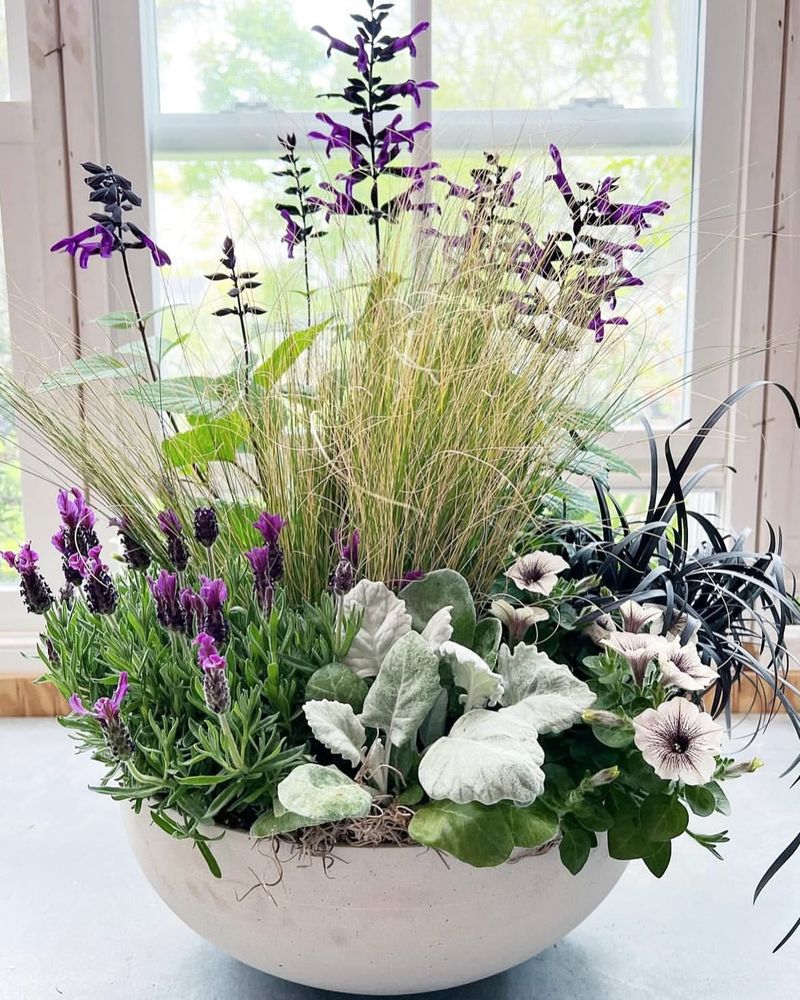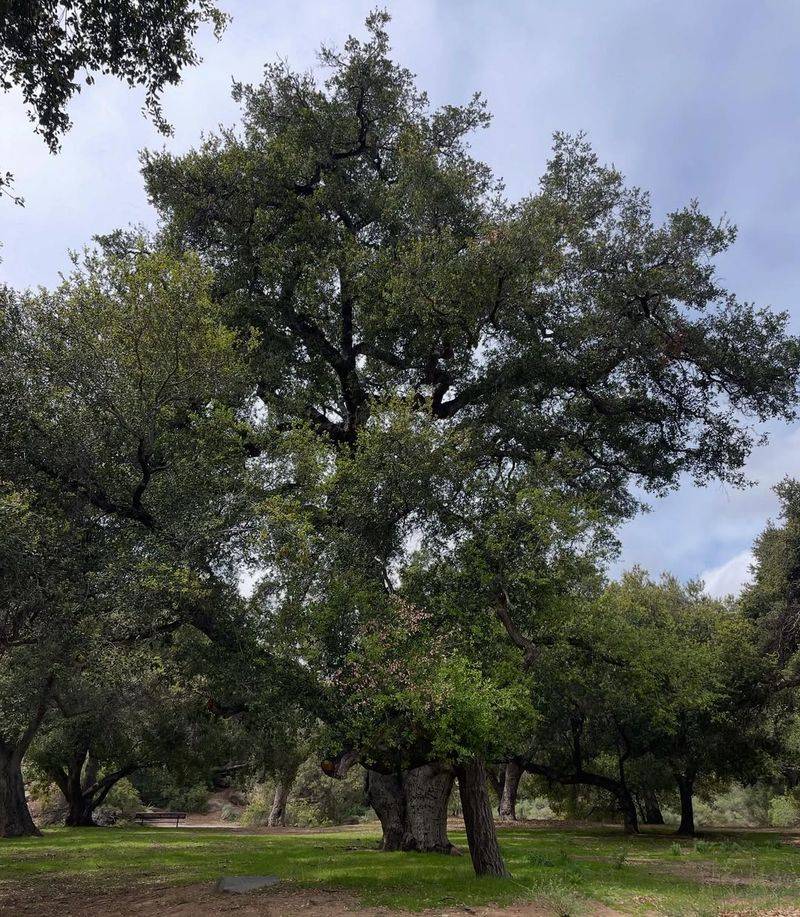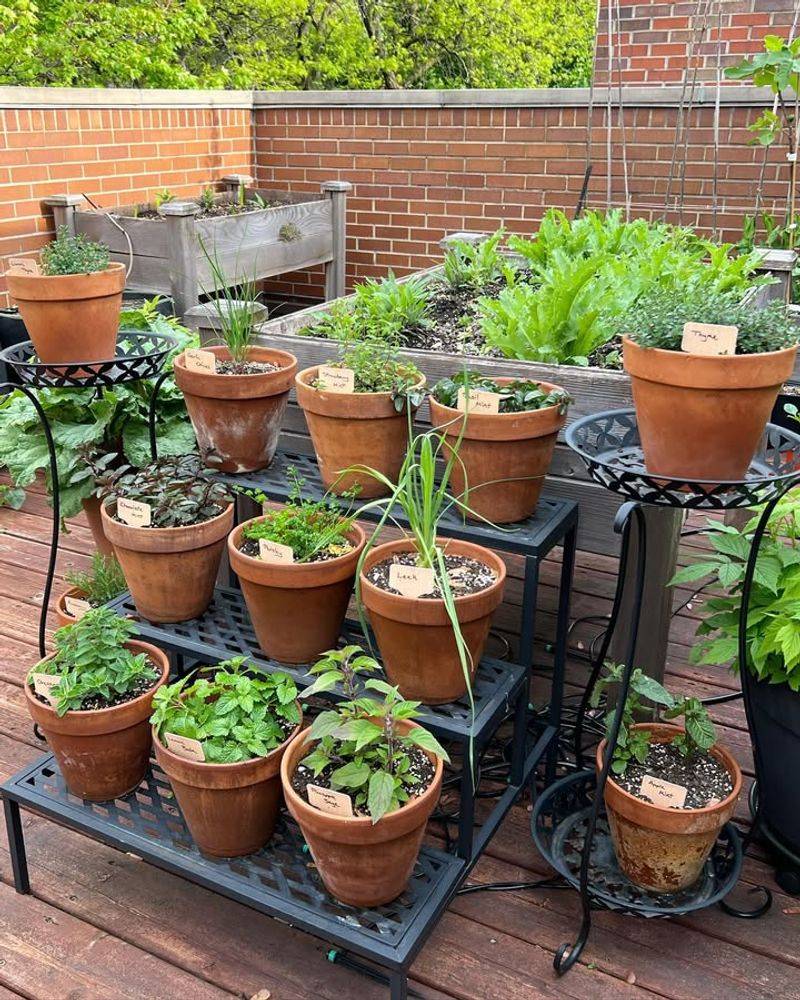Fall fertilizing helps Texas plants survive winter’s chill and bounce back strong in spring. Giving your garden a nutrient boost before temperatures drop protects roots and prepares plants for dormancy.
Smart gardeners know that proper fall fertilizing means less work and better results when warm weather returns.
1. Robust Roses
Roses need a special fall feeding to withstand Texas winter fluctuations. Apply a low-nitrogen, high-phosphorus fertilizer around mid-October to strengthen roots without triggering new growth.
Stop all fertilizing about six weeks before your area’s first frost date. This timing allows roses to harden off properly and develop cold resistance. Your beautiful bloomers will thank you with a spectacular spring show!
2. Lush Lawns
October marks prime time for Texas lawn fertilization. Select a winterizer formula with higher potassium content to improve cold hardiness while strengthening grass roots against stress.
The magic happens underground as your grass stores these nutrients during dormancy. Properly fed lawns green up faster in spring and resist common winter lawn diseases that plague Texas yards.
3. Perennial Performers
Perennials benefit tremendously from pre-winter feeding. Focus on bone meal or rock phosphate to nurture root development without encouraging vulnerable new growth.
Many gardeners overlook this critical timing, but fall-fertilized perennials develop stronger root systems all winter. Work the fertilizer gently into the soil around plant bases, being careful not to disturb established roots.
4. Fruit-Bearing Trees
Peach, plum, and other fruit trees need fall nutrition to set abundant fruit next season. Apply a balanced, slow-release fertilizer in early fall, spreading it from the trunk to the drip line.
The nutrients strengthen the root system throughout winter. Your reward? Healthier spring budding and potentially increased fruit production when harvest time rolls around.
5. Spring-Blooming Bulbs
Feed these underground treasures before planting for spectacular spring displays. Mix bone meal directly into the planting hole to provide slow-releasing phosphorus that promotes root establishment.
Unlike many plants, bulbs actively develop roots during winter months. The nutrients you provide now directly impact the size and quantity of blooms you’ll enjoy months later.
6. Evergreen Shrubs
Holly, juniper, and other evergreens need fall feeding to maintain their color through harsh Texas winters. Choose a fertilizer with higher potassium and phosphorus to strengthen cell walls against cold damage.
Apply around the drip line, not directly at the base. These stalwart landscape anchors continue photosynthesizing during mild winter days, so proper nutrition now pays dividends all season long.
7. Native Texas Wildflowers
Bluebonnets and other native wildflowers benefit from light fall fertilization. Use a gentle, low-nitrogen formula that won’t disrupt their natural cycles or cause excessive growth.
Fall-planted wildflower seeds especially appreciate this boost. The modest nutrient addition helps establish stronger seedlings that will burst into vibrant blooms come spring, creating that iconic Texas landscape we all love.
8. Vegetable Garden Beds
Don’t neglect empty veggie beds just because harvest is over! Amend with compost and a balanced fertilizer now to improve soil structure and nutrient content for spring planting.
Consider planting cover crops like clover or winter rye after fertilizing. These green manures protect your soil while adding organic matter. Come spring, your garden will be primed for another productive growing season.
9. Container Plants
Potted plants need special attention before cold weather arrives. Apply a half-strength fertilizer in early fall to help them prepare for temperature drops without stimulating tender new growth.
Container soil loses nutrients faster than garden beds. Moving pots closer to the house creates a microclimate that protects roots. Remember that fertilizing is just part of winterizing – proper watering and possibly relocating are equally important.
10. Shade Trees
Mighty oaks and other shade trees benefit from deep-root fertilization before winter. This technique delivers nutrients directly to the root zone where they’re needed most.
Professional arborists recommend this service, though determined DIYers can rent equipment. The investment pays off in stronger trees that resist ice damage and disease. Healthy trees also recover faster from winter stress once spring arrives.
11. Herb Gardens
Perennial herbs like rosemary and sage need light fertilization before winter sets in. Choose an organic option with balanced nutrients to strengthen roots without pushing fragile new growth.
Apply fertilizer around the base of plants, avoiding direct contact with stems. Many herbs originated in Mediterranean climates, making them somewhat challenging in Texas winters. Proper fall care, including strategic fertilization, helps these culinary favorites survive until spring.

